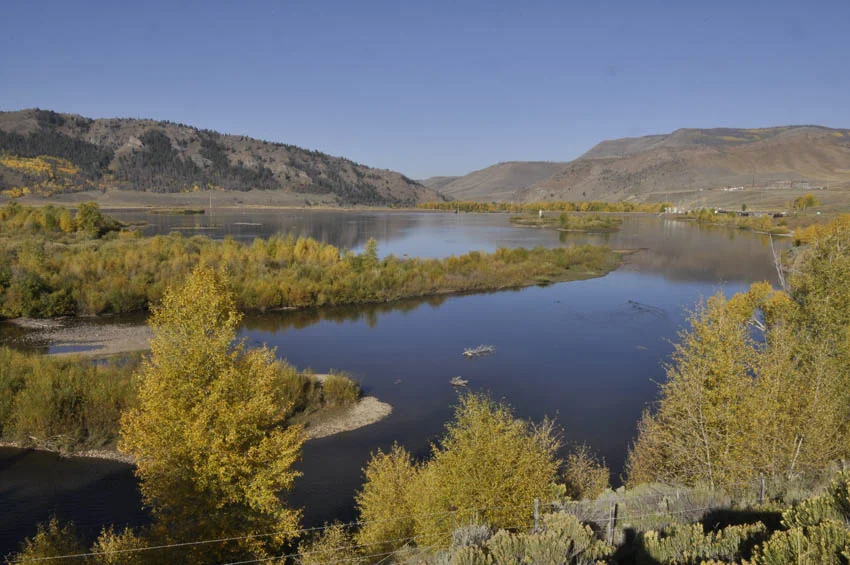Colorado’s population is growing quickly, and with it is a growing need for above-ground water storage.
Colorado’s Water Plan has an objective of attaining 400,000 acre-feet of storage by 2050, but creating that storage is a challenge. To better understand the process, we spoke with Brian Werner, public information officer at Northern Colorado Water Conservancy District (Northern Water). Northern Water is the public agency created in 1937 to contract with the federal government to build the Colorado-Big Thompson Project. The C-BT Project provides supplemental water to more than 640,000 acres of irrigated farm and ranch land and about 925,000 people in Northeastern Colorado.
Q: How big is the need for water storage in Northern Colorado?
A: The Front Range is the fastest growing area in Colorado. The state’s population has reached 5.5 million and 1/3 of the growth is in our service area alone. We are of the opinion that additional storage is necessary. We want to put water in buckets during wet times to sustain us during the dry times.
Q: Northern Water (along with other participants) have two key water storage projects underway: Northern Integrated Supply Project (NISP) and the Windy Gap Firming Project. How far will these go toward meeting the state’s need?
A: Combined, these two projects will supply about 300,000 af of storage, which will certainly help fill that gap that the state identified.
Q: Tell me a bit about what the water storage process entails.
A: The permitting process works at glacial speed. There’s a need to look at impacts and meet regulatory requirements. However, it’s a very slow process, and each year the cost of the project goes up. To meet permitting requirements, agencies want to have a defensible decision. They require surveys and studies, which are conducted sequentially. During the course of the permitting process, regulations can change and supplemental studies may be required. We have to allow for public comment periods as well.
Q: How long can the permitting process take?
A: From conception to building, storage projects can take a decade or more. We’re in our 13th year for the Northern Integrated Supply Project (NISP) and 14th year for the Windy Gap Firming project. From a planning perspective, we’re always looking 20 to 30 years ahead.
Q: How could the process be improved?
A: We don’t want to gloss over environmental issues, but we can do it more efficiently. One way to make the process leaner is to conduct studies concurrently rather than sequentially. I also think we should get all the agencies involved at the table earlier in the process – state agencies, the EPA, Army Corps of Engineers, municipalities. If everyone is talking to one another early in the process, we could eliminate redundancies and surprises that slow the process down.
Looking ahead, Mr. Werner says senators are pushing to speed up the process and we could expect to see some efficiencies take hold so that Colorado’s water needs are met in a more timely fashion.
Images: © 2012 Northern Colorado Water Conservancy District. All rights reserved.


